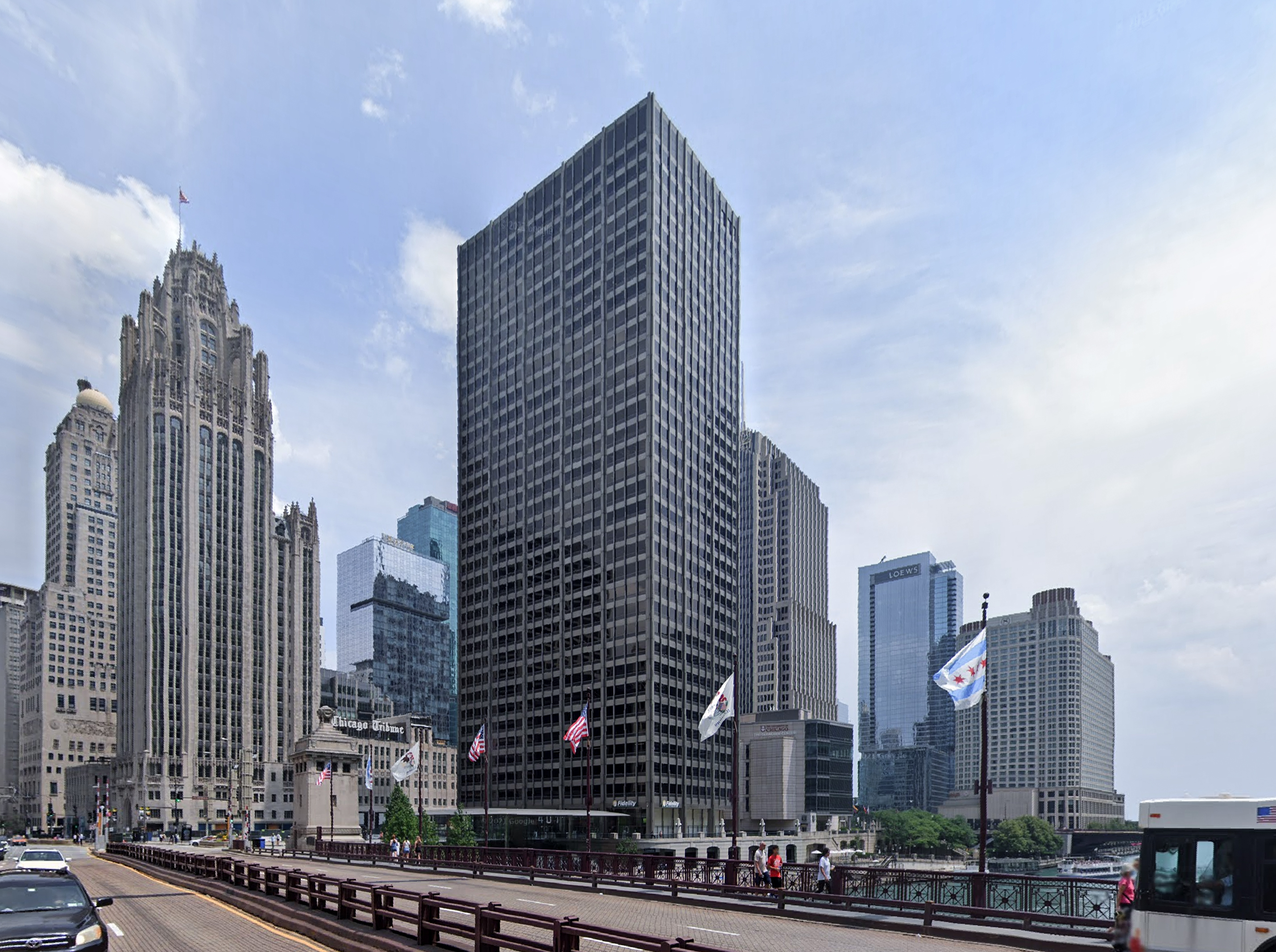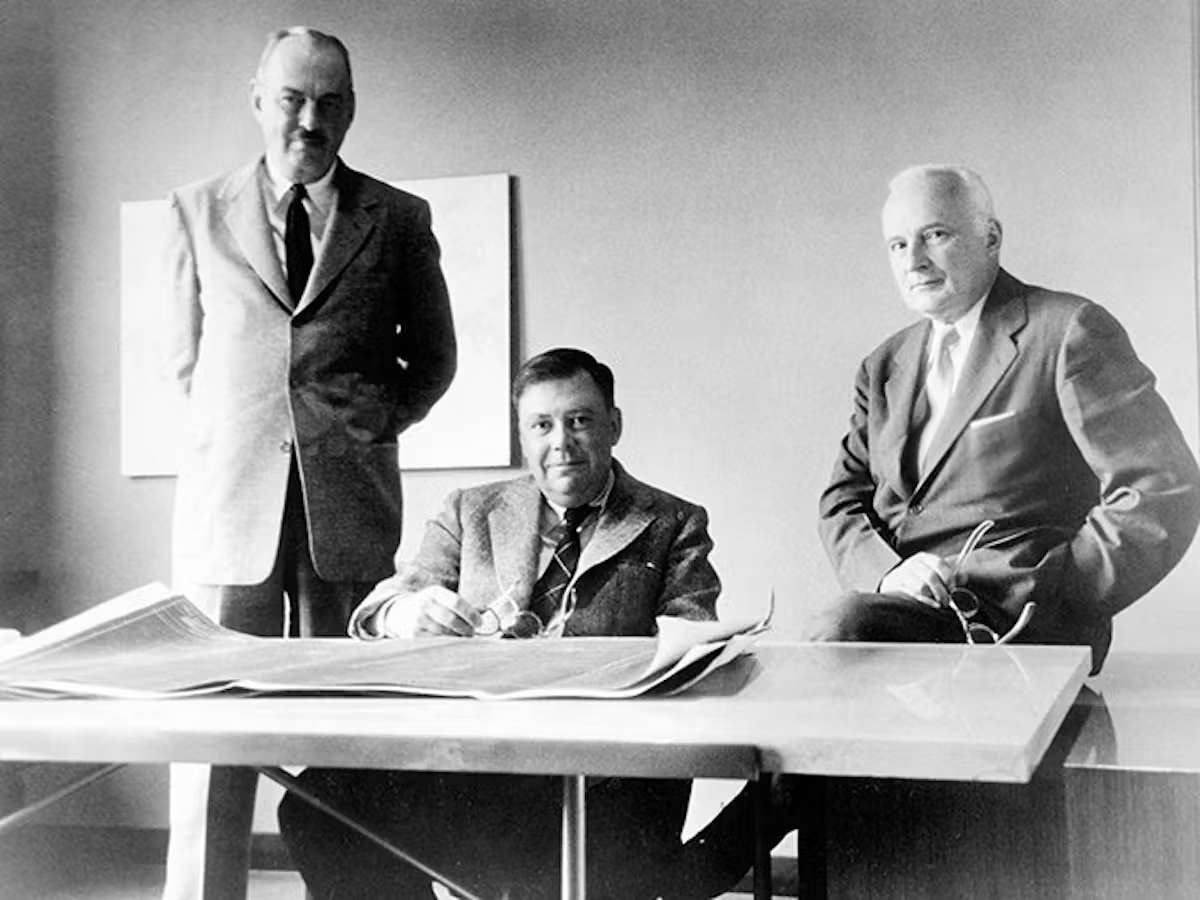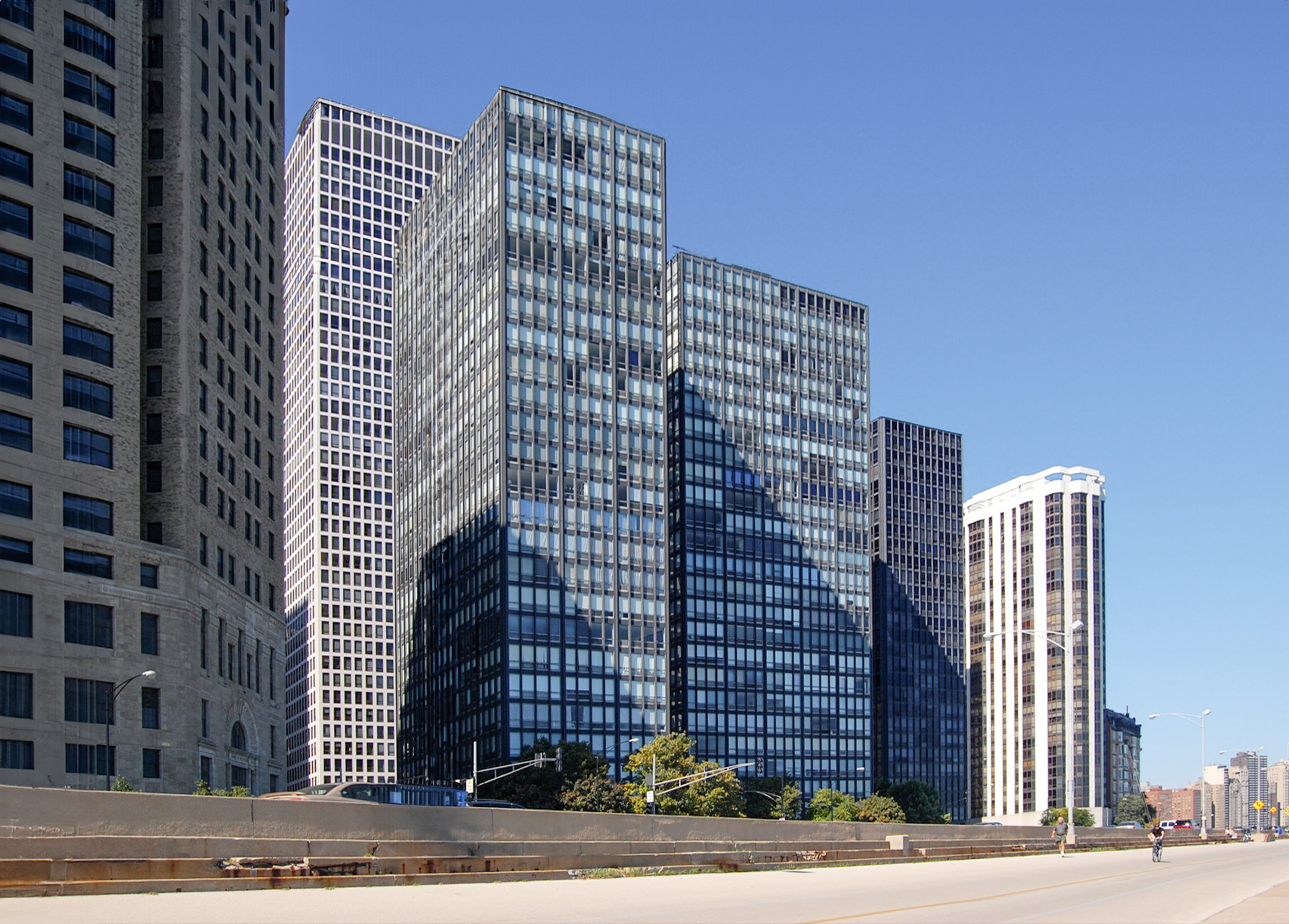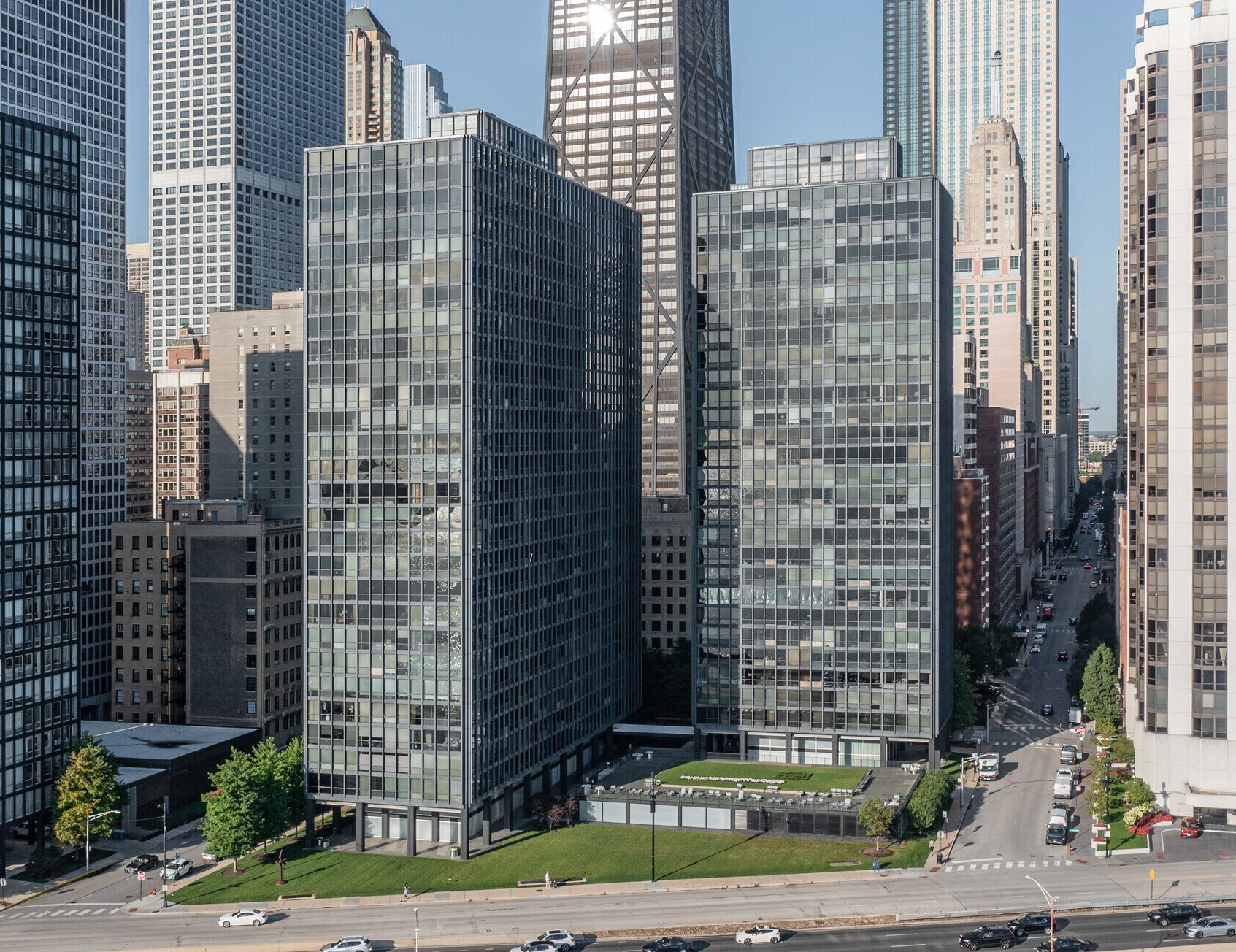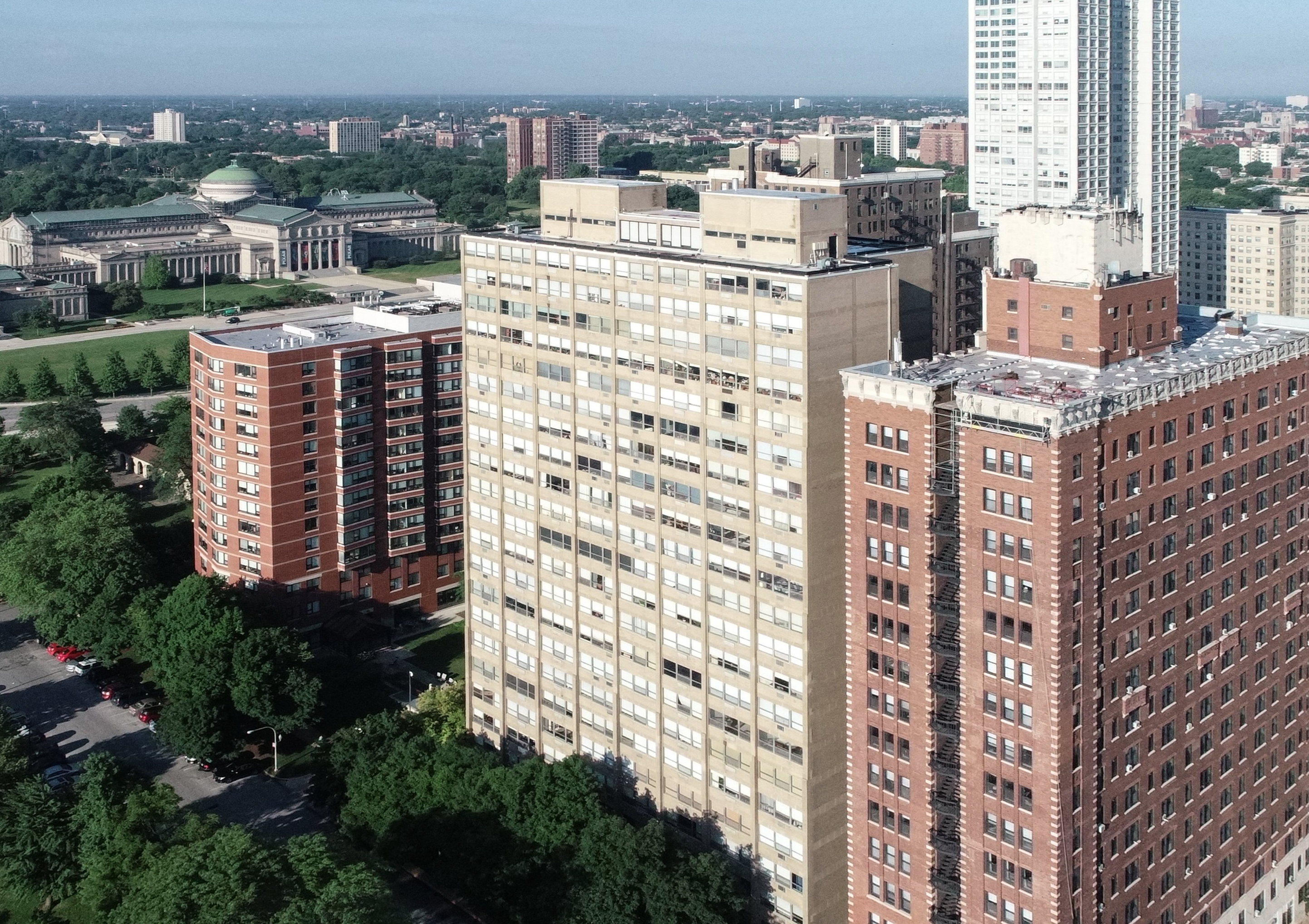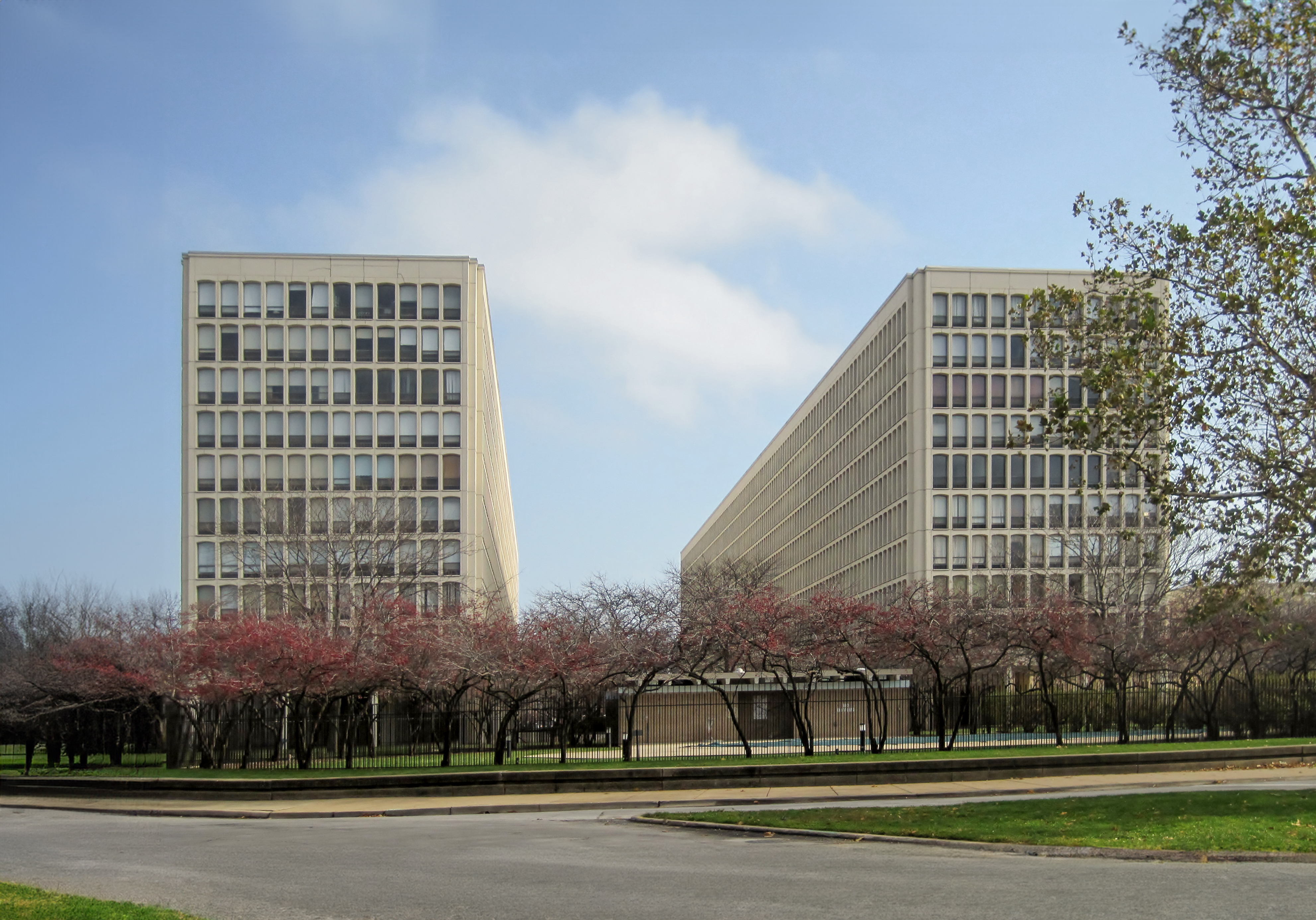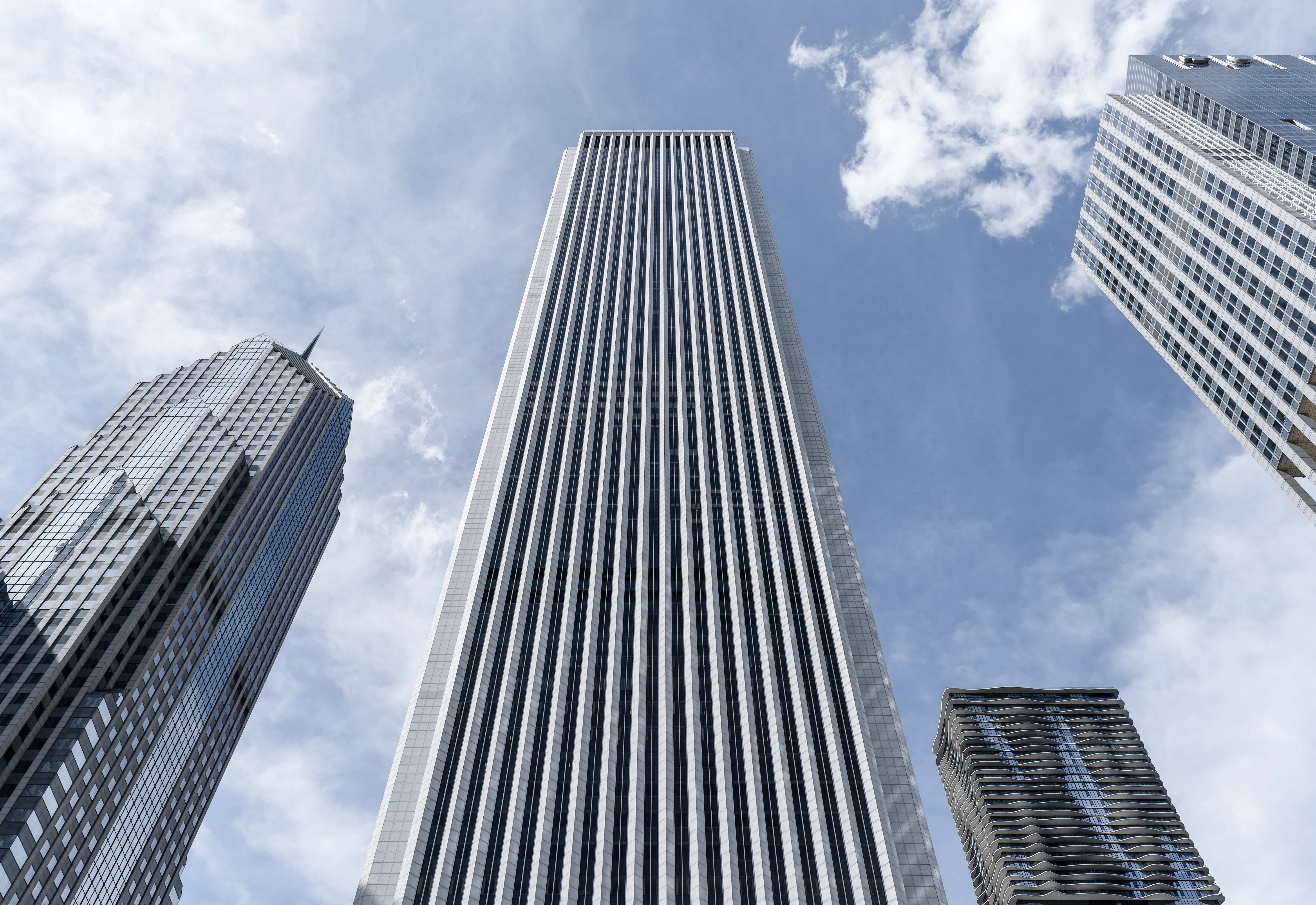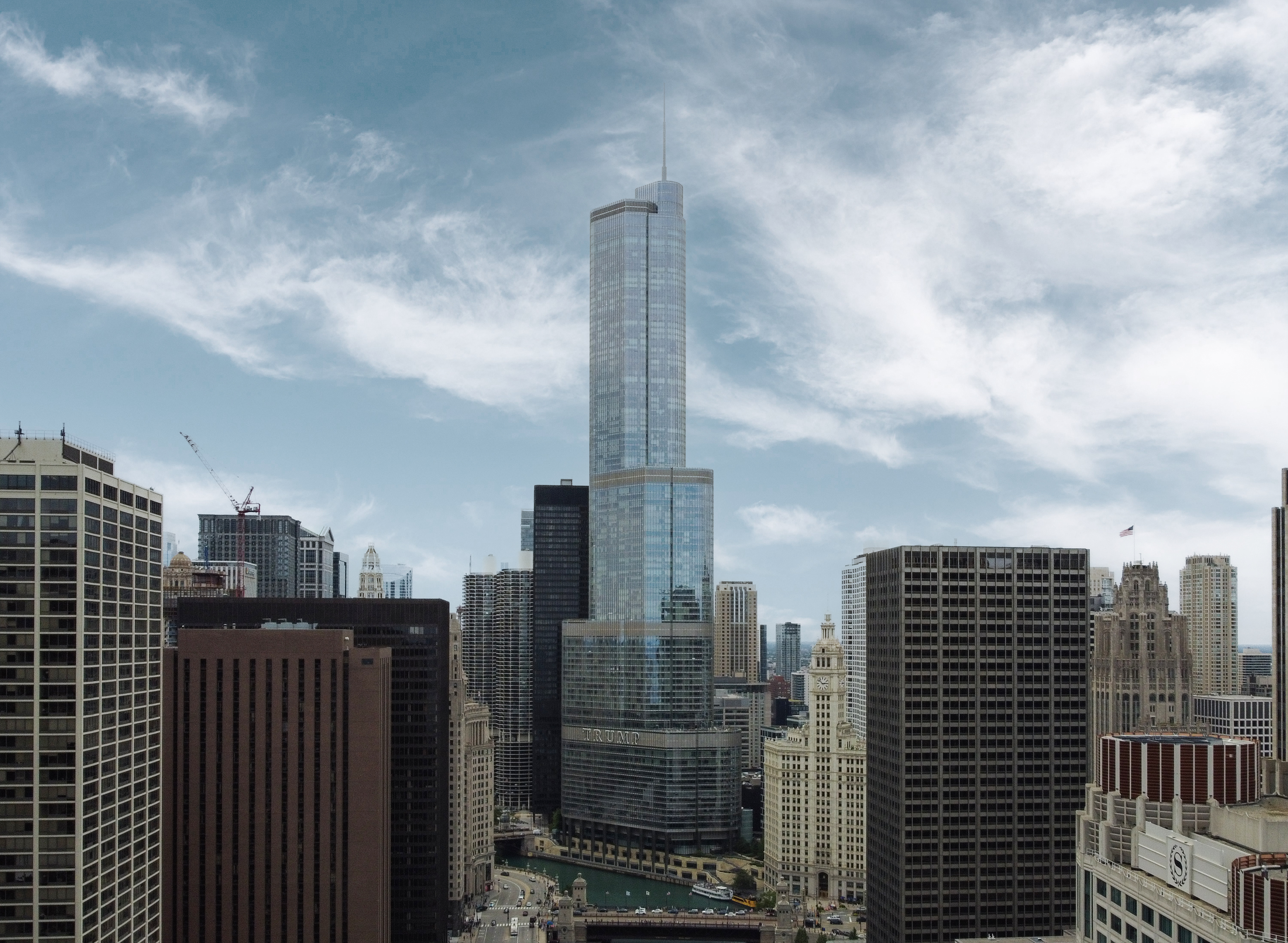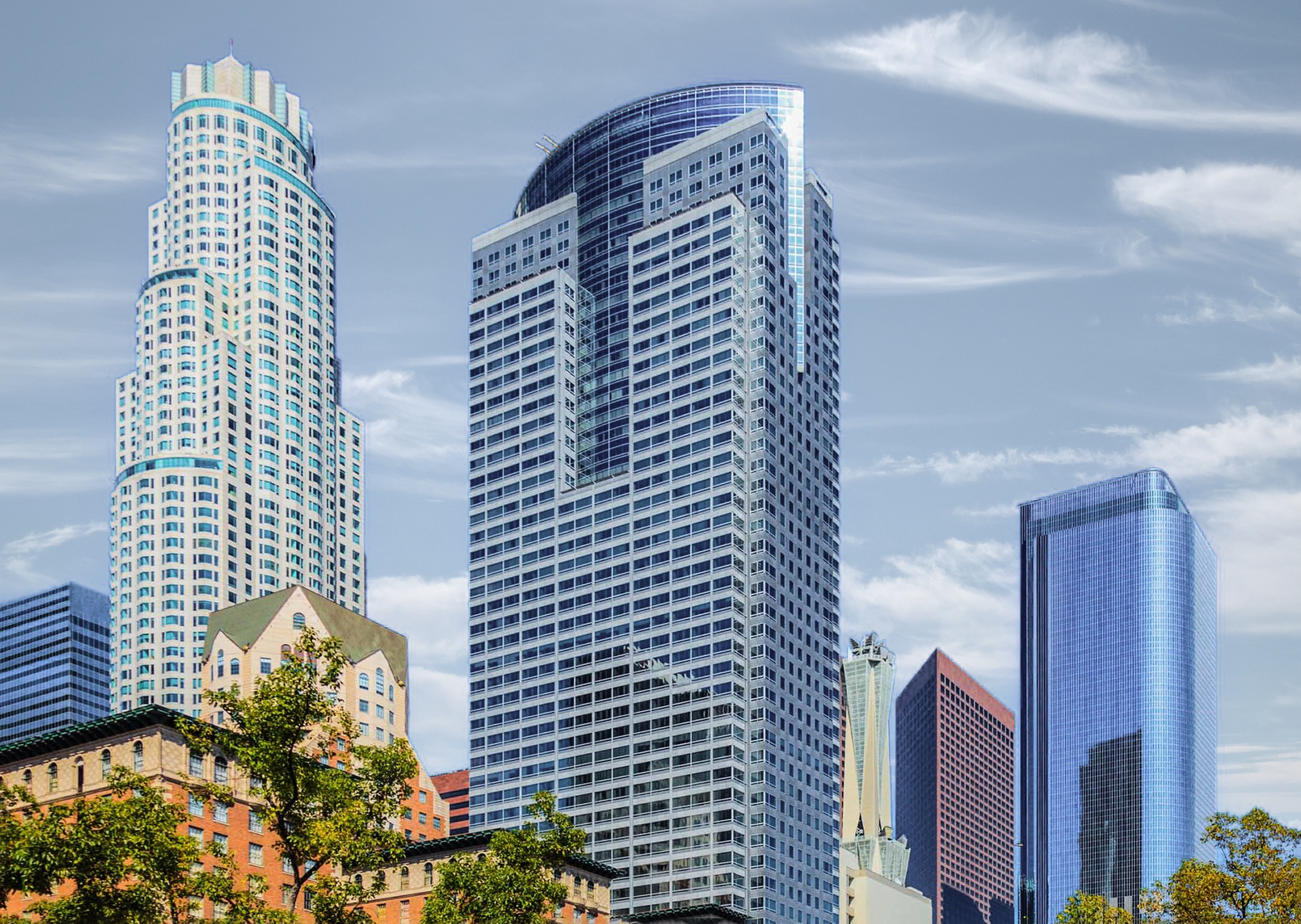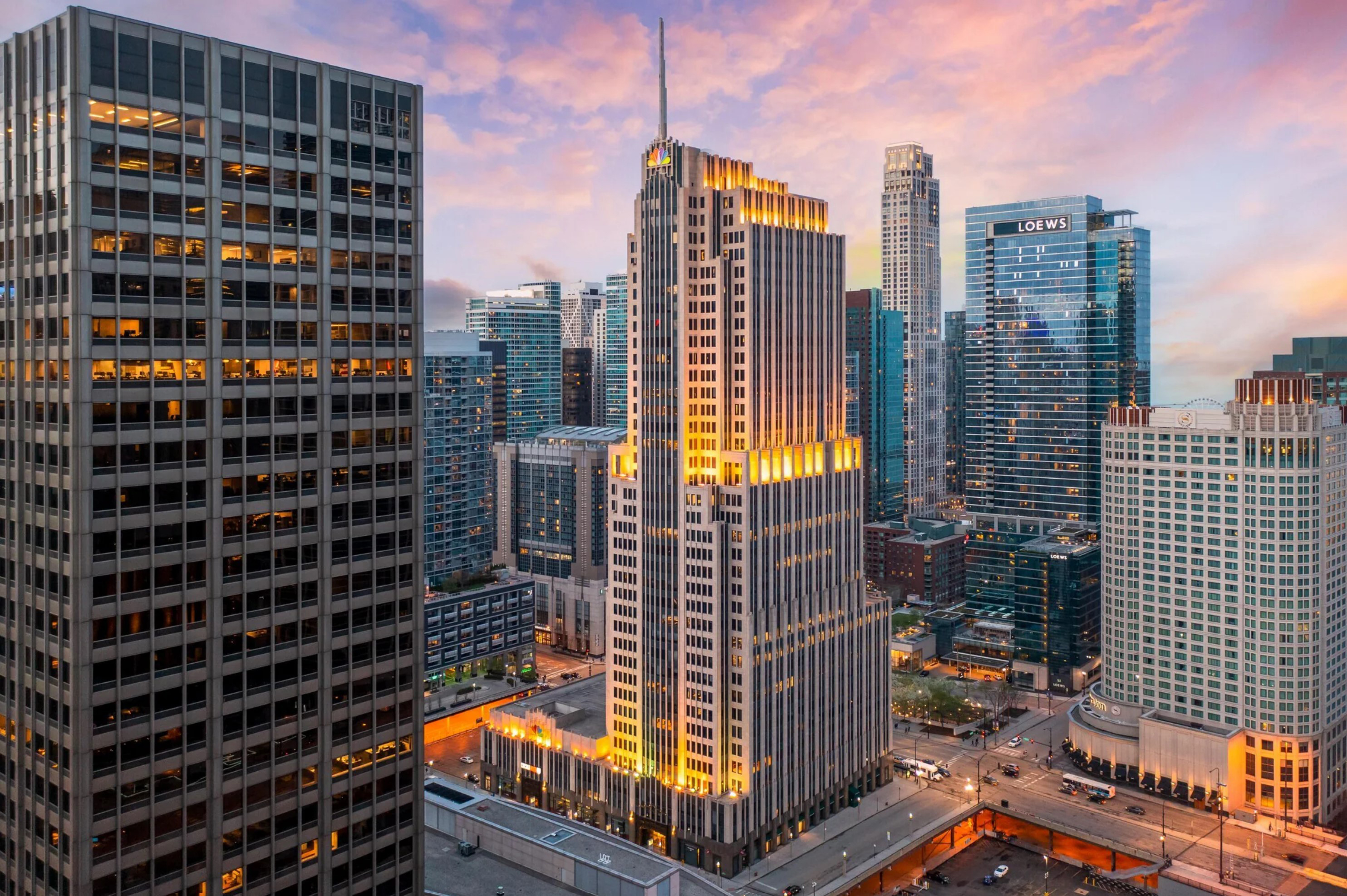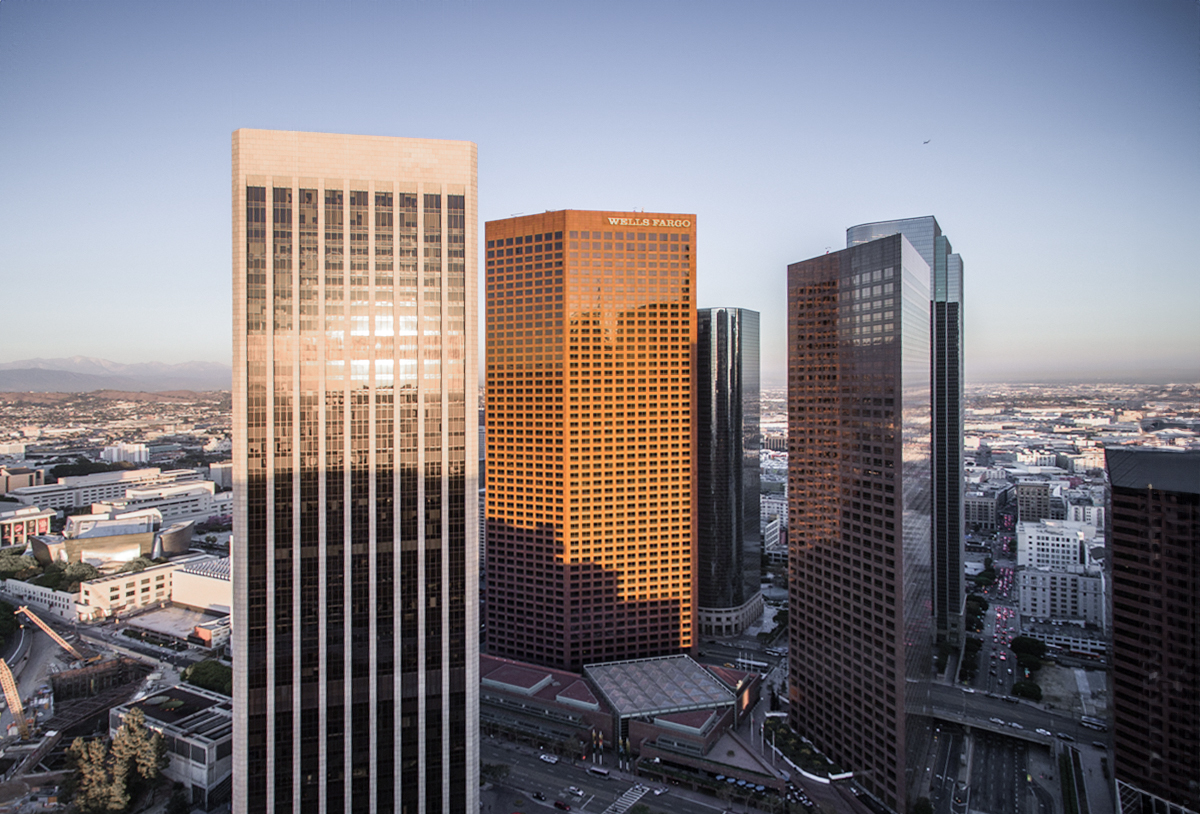The Equitable Building is an International Style skyscraper designed by Skidmore, Owings & Merrill, with Bruce Graham, Natalie de Blois as lead architect, and built between 1963 and 1965 in Chicago, IL.
Equitable Building is not the only name you might know this building by though. The building is, or has also been known as 401 North Michigan.
Its precise street address is 401 North Michigan Avenue, Chicago, IL. You can also find it on the map here.
At the time of the sale of the land owned by the Chicago Tribune, it was stipulated that the new building should have a plaza along Michigan Avenue to preserve the view of the Tribune Tower and the Chicago River. This plaza is now known today as Pioneer Court.
The Equitable Building embraces the international-style skyscraper that Mies, who at the time had a thriving career in Chicago and across the US, had envision and executed for the Seagram Building in NY before the Equitable Building, and much closer a few years later in 1970, just a couple blocks away, at the IBM Building.
